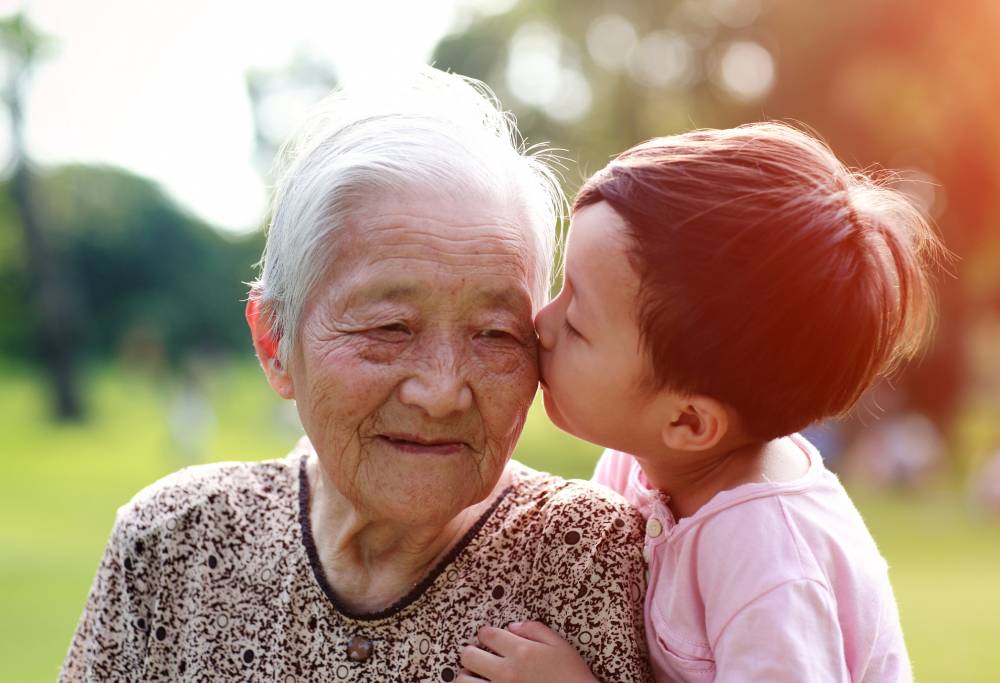
‘Blue Zones’ are regions of the world where people live longer. These areas of unusual longevity have long fascinated researchers, as they try to ascertain what these locales have in common that result in the long-lasting health of their residents.
Blue Zones were first discovered by the demographer Professor Michel Poulain and the medical researcher Dr Gianni Pes, who identified that the Nuoro province in Sardinia had a higher concentration of male centenarians than anywhere else globally.
Since then, other places around the world have been classified as Blue Zones, and people are fascinated by the lifestyles of their occupants. Residents of Blue Zones suffer less from diseases that commonly result in death, and enjoy more years of good health, leading to high rates of healthy older people.
Since the identification of Sardinia as a hub of longevity, four other regions have been classified as Blue Zones. These are Okinawa in Japan, Nicoya in Costa Rica, Icaria in Greece and Loma Linda in the United States.
But there is no need to pack your bags and plan a move to any of these Blue Zones around the world: the research of Professor Poulain, Dr Pes, and American author Dan Buettner revealed that it is the lifestyles of the people who inhabit these areas that is the secret to their longevity, rather than environmental or geographic characteristics.
Although there is ongoing research into the special conditions under which food is grown in these areas, which may contribute to special health benefits, for the most part it is understood that the secrets to long life could be recreated in other parts of the world.
In his book The Blue Zones: Lessons for Living Longer From the People Who’ve Lived the Longest, Mr Buettner puts forward nine lessons that are common to the lifestyles of people living in Blue Zones. These can be grouped around diet, exercise, mental health and social connection.
Firstly, people with excellent longevity living in Blue Zones have largely plant-based diets, and moderate caloric intake. They drink alcohol (generally wine) but not in excess. Common ingredients include legumes and whole grains. In terms of exercise, people in Blue Zones partake in moderate but regular physical activity. It has been noted that this doesn’t need to consist of deliberate exercise, but rather any movement, such as gardening.
As well as caring for their bodies, people residing in Blue Zones have healthy minds. They avoid stress and have active social lives, participating regularly within their local communities. They are also closely connected to family. Most people are involved in spirituality or religion. Finally, people with extreme longevity retain a sense of purpose in life in their older age, and this is thought to be a major factor in their long lives.
Since The Blue Zones book was published, there has been sustained interest in the concept and the possibility of taking the lessons from these regions and applying them in other places around the world. In 2010, Mr Buettner began ‘The Blue Zones Project’ and partnered with Healthways, a health and wellbeing company, to apply the principles of Blue Zones regions to three communities in California.
Their work resulted in the average BMI of residents to drop by 14%, smoking to decrease by 30%, daily stress to decrease by 10% and healthy eating and exercise to increase. Other success stories include Albert Lea in Minnesota where projected lifespans increased by nearly 3 years; Spencer in Iowa where metabolic syndrome risk factors fell from 43% to 13%; and Fort Worth in Texas where 62% of residents now exercise for at least 30 minutes three or more days a week.
The idea of improving lifespan through making healthier choices is now commonplace and people all over the world are trying to change their lifestyles to improve their longevity. Professor Valter Longo released his book The Longevity Diet in 2018, presenting a clinically tested diet program to lose weight, prevent disease, and live a longer and healthier life.
There are many common themes between the diet of residents in Blue Zones and Professor Longo’s suggestions: eat lots of vegetables and legumes, and avoid too much protein, saturated fat, and sugar. The Longevity Diet also suggests that adults should confine all eating to a twelve-hour period (between 8am and 8pm, for example), and that if a person wants to lose weight, they should only consume two meals a day.
While recreating a certain diet or exercise regime is relatively straightforward, discovering the secrets to a less stressful and more socially connected life is more difficult. Science journalist Marta Zaraska has recently released her book Growing Young which focuses on the daily rituals of people with good longevity. She says the ‘soft drivers’ of health are just as, if not more, important than factors like diet and exercise. ‘Our social lives and our mental habits affect our physiology,’ Ms Zaraska says. ‘Friendship, optimism, kindness, conscientiousness – [these are] vital for our health and longevity.’